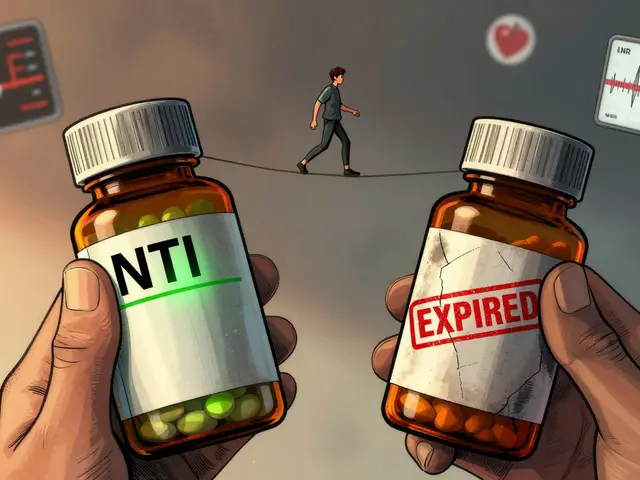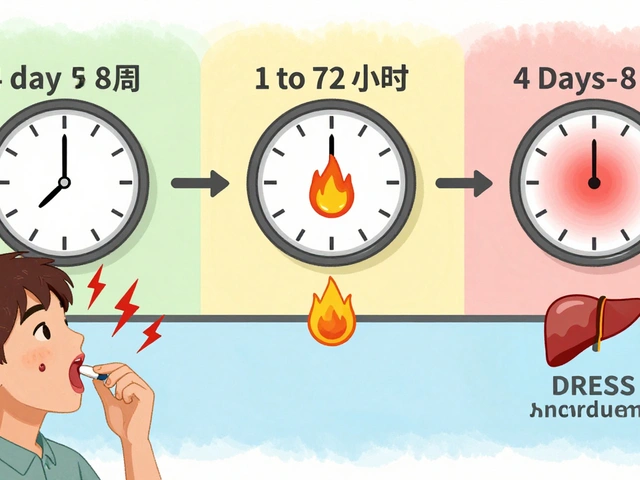Glucosamine Hydrochloride — What It Does and How to Use It
Want less knee pain without jumping straight to strong meds? Glucosamine hydrochloride is a common supplement people try for joint aches, especially osteoarthritis. It won’t cure damaged cartilage, but many users notice less stiffness and better movement after a few weeks. That’s why it’s one of the top choices for people looking to manage joint pain more naturally.
Glucosamine is a building block the body uses for cartilage and joint fluid. The hydrochloride form is just one salt version you’ll see on labels; other products use glucosamine sulfate. Both aim to deliver the same active molecule, and many studies test daily doses in the 1,200–1,500 mg range. Expect any benefits to show up after about 4–12 weeks of consistent use.
How to Take It and What to Expect
Follow the label or your healthcare provider. Typical approach: take 1,200–1,500 mg total per day, split into two or three doses. Some people start at the lower end to check tolerance, then raise the dose if needed. Don’t expect instant results — this is a gradual, low-risk option. If you don’t feel improvement after 8–12 weeks, it’s reasonable to stop and try something else.
Many users combine glucosamine with chondroitin. Some clinical trials show that the combo helps more than either alone, especially for knee pain. Still, results vary person to person. If pain drops and you can move easier, that’s the practical win most people look for.
Safety, Side Effects, and Interactions
Side effects are usually mild: stomach upset, gas, or headaches. If you have diabetes, monitor blood sugar when starting any supplement and tell your doctor. People on blood thinners like warfarin should be cautious — glucosamine has been reported to interact and change bleeding risk, so check with your prescriber first.
If you’re allergic to shellfish, look for non–shellfish-derived glucosamine or ask the manufacturer — many products come from different sources. Pregnant or breastfeeding? Skip supplements unless your clinician approves. Always tell your pharmacist or doctor about any new supplement so they can watch for interactions with prescription meds.
Buying tip: pick brands with third-party testing or clear batch information. Avoid suspiciously cheap products from unknown sellers. Check ingredient lists for fillers and confirm the actual glucosamine amount per serving. On our site you’ll find reviews of reputable online pharmacies and tips for spotting fakes if you prefer ordering online.
Short version: glucosamine hydrochloride is a low-risk option that can help some people with joint pain when taken at standard doses and for long enough to see an effect. Try it sensibly, watch for interactions, and give it a few weeks before deciding if it works for you.

Say Goodbye to Joint Pain: Glucosamine Hydrochloride for a Better Life
Ever wonder how to manage that stubborn joint pain? Glucosamine Hydrochloride might be your answer. This supplement isn't just a buzzword; it's a crucial element in promoting joint health and mobility. Discover how it can enhance your daily life, the science behind it, and the practical ways to incorporate it into your routine.
View More




